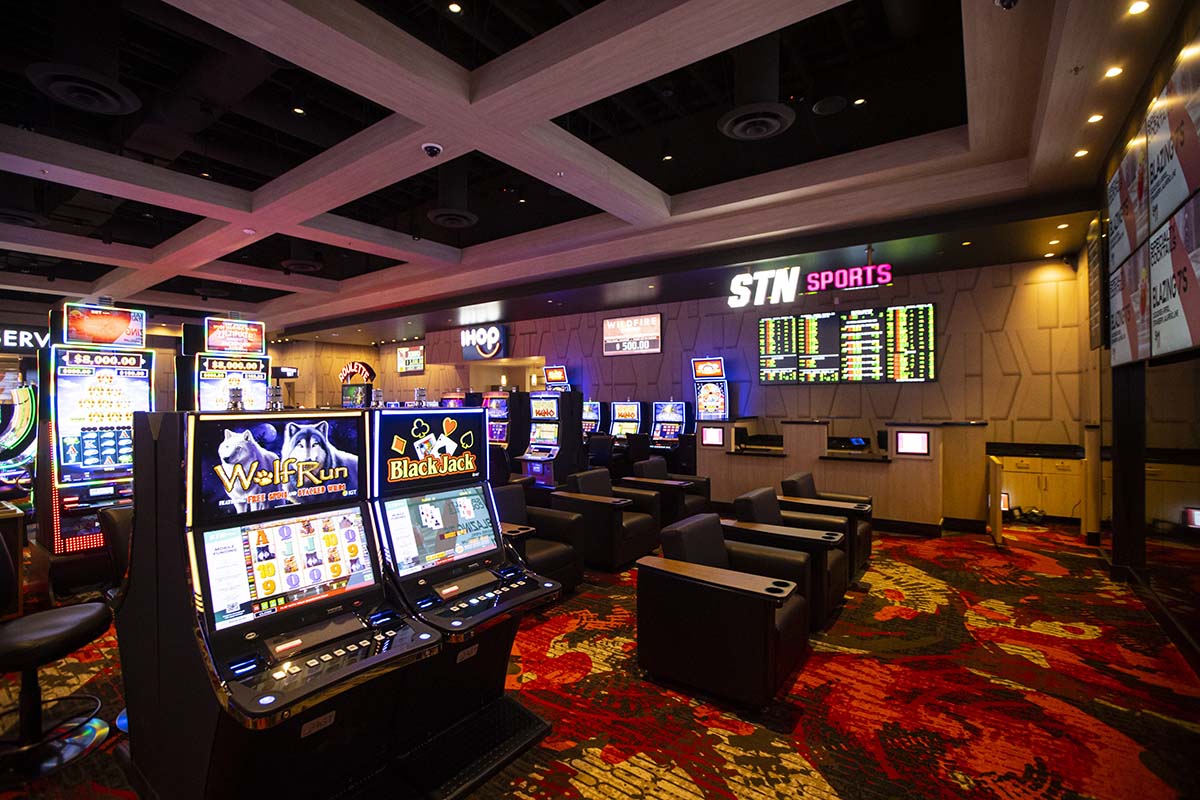
Casino games have long captivated the human imagination, drawing participants into a realm filled with fortune, tactics, and the allure of excitement. Each game is painstakingly crafted not just for entertainment, but also to evoke targeted emotional responses that keep participants involved and invested. Understanding the reasons behind these designs reveals much about how behavioral psychology plays a vital role in the gaming experience.
From the bright lights and vibrant sounds to the intricate layering of rules and rewards, casino games are designed to create an atmosphere of thrill and expectation. Game designers leverage behavioral strategies to influence participant behavior, whether through the use of jackpots, almost wins, or community engagement. By examining these elements, we can better appreciate how casino games fulfill not just a want for entertainment, but more profound psychological needs for thrill and hazard.
Understanding Player Actions
Casino games are crafted with a profound grasp of player psyche, which is vital for attracting and retaining players. The rush of the game, alongside the hope of winning, establishes a powerful draw. Game designers utilize elements like sonic elements, colorful graphics, and captivating gameplay to capture attention and evoke emotional responses. These sensory elements enhance the total environment, making players feel more invested in the game.
Another significant aspect of player behavior is the idea of risk versus reward. Casino games often balance risky situations with the potential for significant rewards, which can result in the phenomenon known as near-miss phenomenon. When players come within reach to winning, the brain secretes dopamine, strengthening their behavior and motivating them to continue playing in search of that fleeting win. This cycle of anticipation and letdown plays a crucial role in how games are constructed and marketed.
Lastly, social elements also play a critical role in player behavior at casinos. Many games are made to be played in teams or with other players, nurturing a sense of togetherness and communal experience. The interaction inherent in games like poker enhances enjoyment and can lead to prolonged gaming periods. Designers capitalize on this by creating environments that encourage players to linger, socialize, and come back, making the overall casino experience more inviting.
The Role of Imagery and Audio
Visuals and sound play a vital role in elevating the gambler’s experience within casino games. Designers utilize bright colors, eye-catching graphics, and engaging animations to grab players’ attention and hold their interest. The use of motifs, such as exploration or opulence, helps create an engaging atmosphere that transports players into a different world. By appealing to the senses, these elements add to a heightened emotional response, encouraging players to interact more deeply with the games.
Sound design is just as important in reinforcing the overall experience of gambling games. The mix of ambient music, audio effects for winning combinations, and ambient noises creates an auditory landscape that keeps players fascinated. Audio cues associated with wins, such as chiming bells or celebratory music, evoke feelings of excitement and satisfaction, prompting players to continue playing. These sound cues are strategically placed to enhance the thrill of the game and create a more immersive experience.
Additionally, the synchronization of visuals and sound is essential for supporting the game’s overall theme and mood. Each element should coordinate seamlessly to create a cohesive experience that pulls players in. The effective use of this integration not only improves user enjoyment but also increases the likelihood of repeat play, as players become more engaged in the captivating world that the gambling games offer. This thoughtful combination of visuals and audio ultimately enhances player involvement and commitment.
Incentive Structures and Participation
The creation of gambling games significantly relies on incentive structures to ensure players involved and coming back for additional experiences. These systems are rooted in psychological theories that take advantage of human behavior and desire. Participants are often motivated by the thrill of success, which is reinforced by instant feedback through the game’s design. This instant gratification not only improves the gaming experience but also cultivates a feeling of achievement, encouraging participants to continue playing in hopes of bigger gains.
Casinos implement various reward structures, including large payouts, bonuses, and increased rewards, to captivate players. These features create a layer of excitement that maintains engagement. Additionally, the randomness of results plays a significant role in sustaining interest. The intermittent reinforcement schedule, where wins are unpredictable but occur often enough, keeps players on edge and motivated to keep playing. This cycle of anticipation and anticipation is essential to the effectiveness of casino games.
Moreover, social elements, such as tournaments and collaborative options, enhance the engagement factor by leveraging the competitive nature of players. The communal aspect of gaming with fellow participants can intensify the excitement of success and create a community atmosphere within the casino. By combining these community elements with efficient reward systems, gambling experiences not only offer entertainment but also foster a stronger bond among players, solidifying their loyalty to the gaming experience. casino online non AAMS
